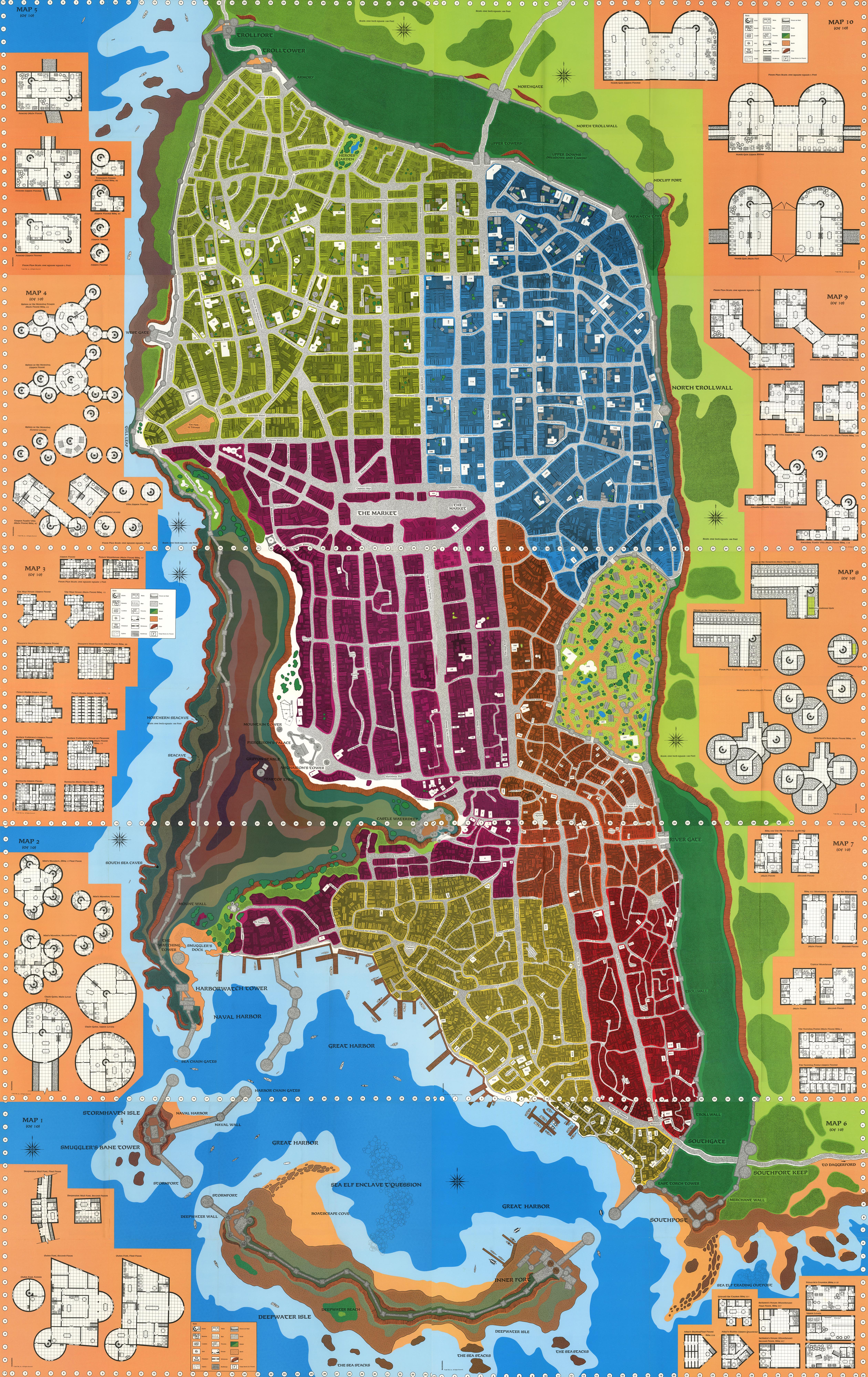Interesting perspective here from Greenwood, bold added:
Origins (III): A Real-World Correlation. Fans of the Forgotten Realms may be surprised to learn that the world didn't originally use real-world cultures as the inspiration for its countries. One of Ed Greenwood's long-time players says that his setting was inspired by "Cities and farming regions he'd visited, yes, and the 'flavours' of them he wanted to evoke, but real-world countries or peoples or cultures no."
This changed when other authors began adding their own settings to Greenwood's world, because unlike Greenwood they often used real-world cultures as a touchstone. Technically, this practice started with the Celtic-influenced culture of the Moonshae Islands, but Kara-Tur was the first big expansion in this direction. Greenwood also notes that the real-world correlations extend beyond the major additions to the world to also include "recastings of my largely-offstage kingdoms like Unther and Mulhorand to more closely resemble real-world historical (or 'Hollywood historical') settings."
Greenwood disagrees with the results, saying that "the too-close-to-our-real-world additions like Maztica, the Hordelands, and Kara-Tur were a mistake in style". He thought that they "[pulled] gamers out of roleplaying into disputes about historical details, for one thing".
However, even after decades of additions, the core of the Realms remains Greenwood's own. His primordial lands like the Sword Coast, the Heartlands, and the Dalelands have no direct real-world correlations.

